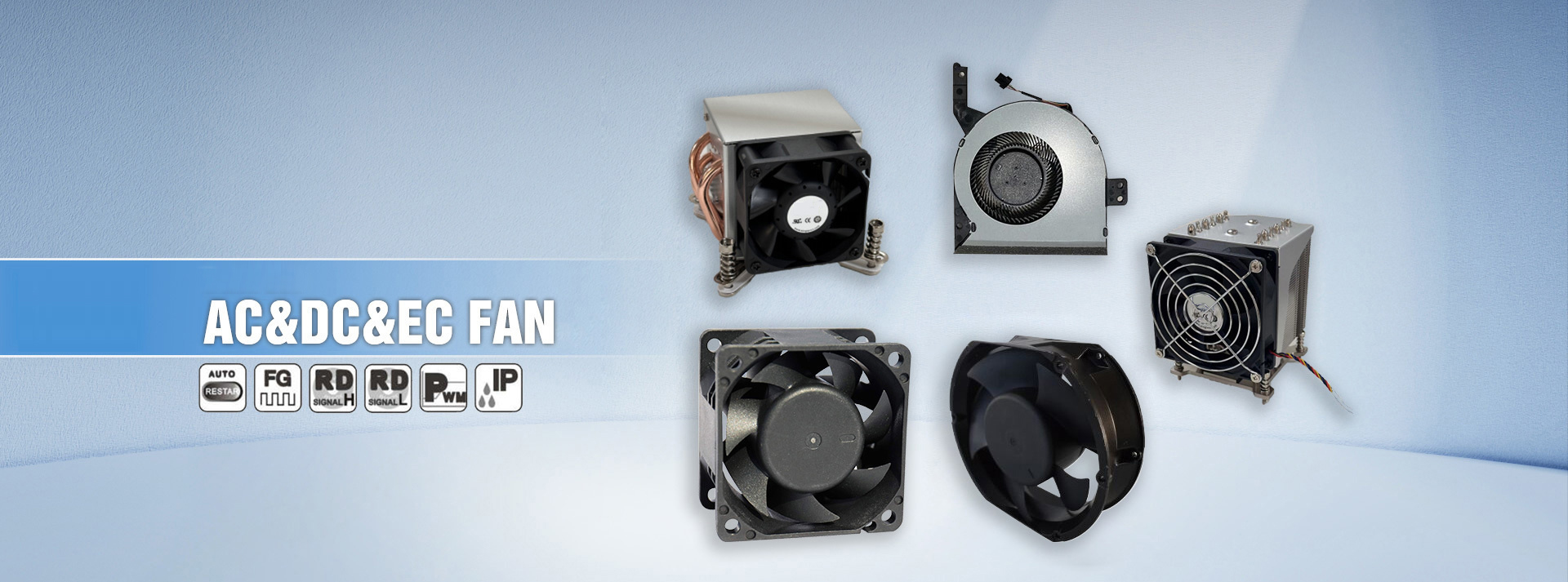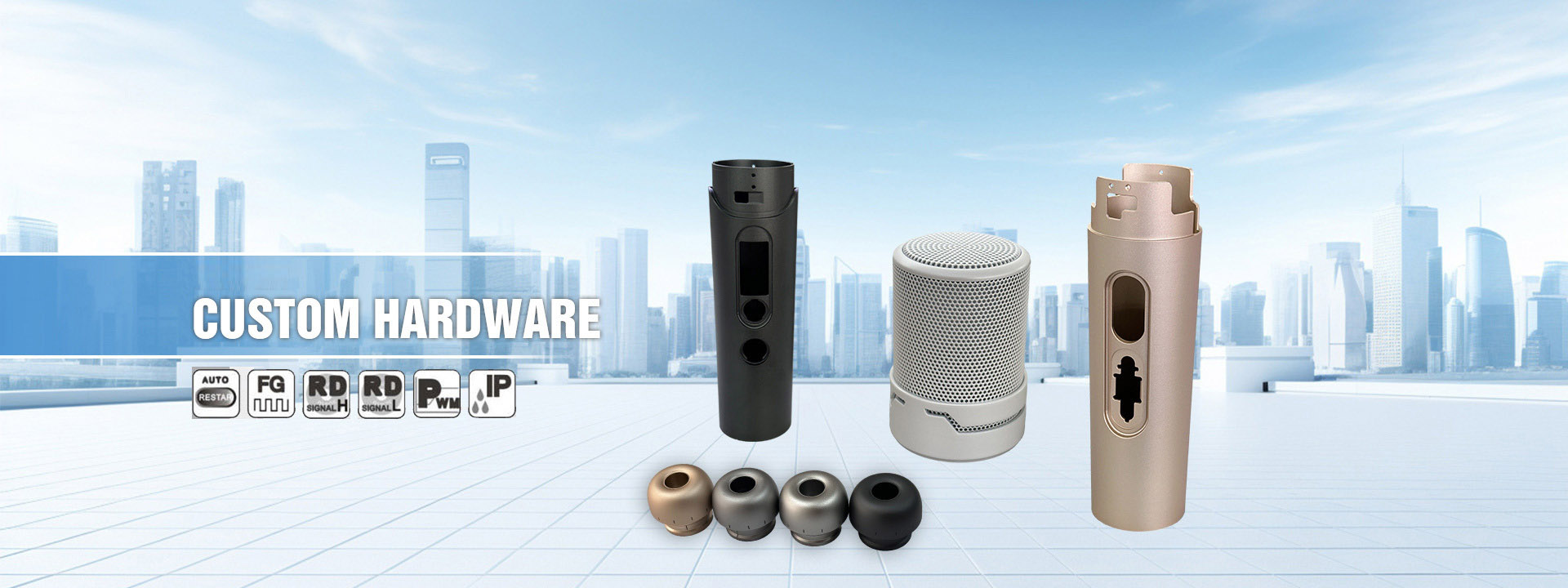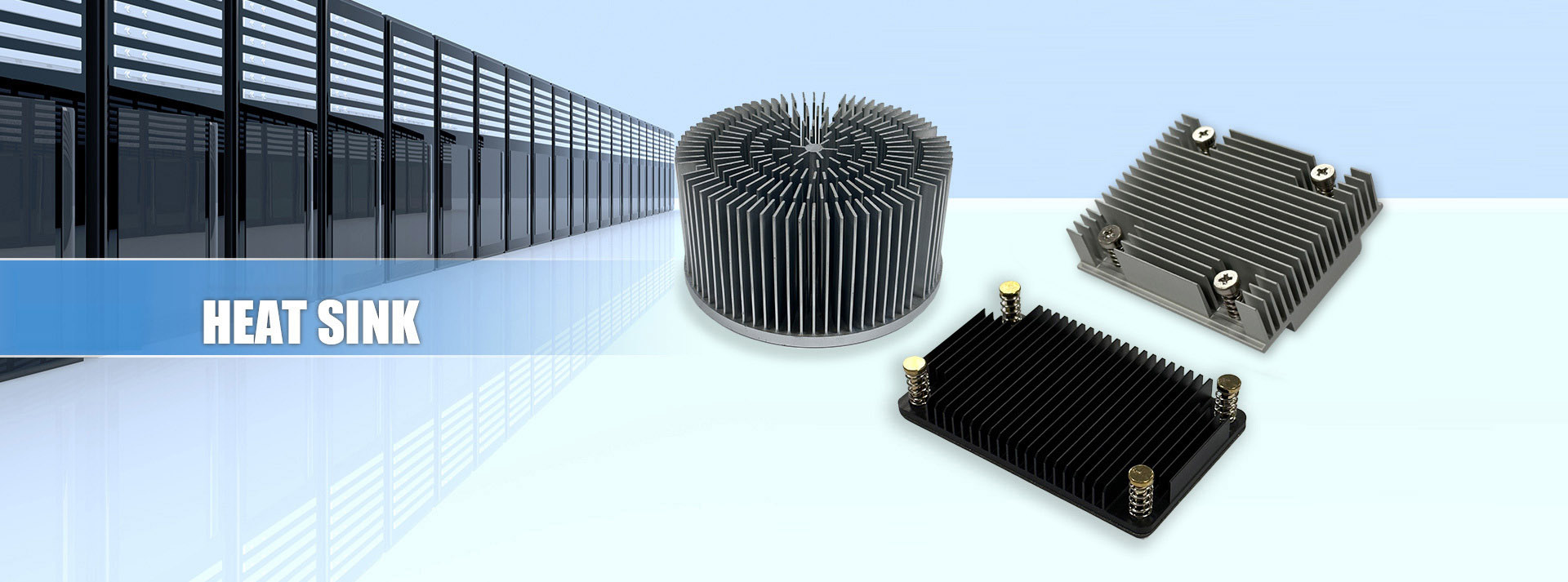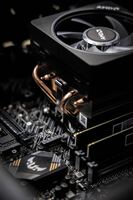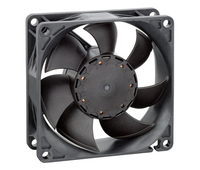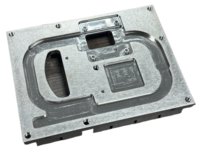News
For example, DC fans are a subcategory of cooling fans. Their advantages include DC power supply, smaller size, higher energy efficiency, lower vibration, reduced noise, and longer lifespan compared to other fans. Due to these benefits, DC fans are widely used in everyday life. This section provides a brief introduction to their functions and working principle.
1.Quiet Operation – DC motors have lower resistance and smoother operation, making the fan run more quietly.
2.Energy Efficient – While electric fans already consume little power, DC motors further enhance energy savings.
3.Stepless Speed Control – Some smart fans offer up to 100 different speed levels for precise airflow adjustment.
4.Longer Lifespan & Low Failure Rate – DC fans are more durable and have a lower risk of malfunction compared to AC fans.
How to Choose a CPU Cooler?
How do you select the right CPU cooler for your needs? Choosing a good CPU cooler is crucial. Below are some key parameters to consider:
1. Fan Power
In general, the higher the power, the stronger the airflow, leading to better cooling performance.
...
1. Air Cooling Heatsink
This is the most common type of CPU cooler, consisting of a cooling fan and a heatsink. The principle is to transfer the heat generated by the CPU to the heatsink, which is then dissipated by the fan.
It is important to note that different CPU types and specifications require different heatsinks. For example, AMD CPUs use different heatsinks compared to Intel CPUs. Additionally, an Intel 478-pin CPU requires a different heatsink than an Intel 775-pin CPU.
The performance of a CPU fan mainly depends on the following factors: rotational speed (RPM), blade shape, blade angle, and bearing system. Fan speed is usually indicated in the heatsink manual. In general, 30% of a heatsink’s cooling performance depends on the fan’s rotational speed.
Bearing Types
CPU coolers can generally be classified into three types: sleeve bearings, ball-sleeve hybrid bearings, and dual ball bearings.
Metallurgy first appeared in China around 5,000 to 6,000 years ago. After entering the Iron Age in the 5th century BC, iron tools became a crucial factor in advancing historical progress and were once regarded as a benchmark for productivity development.
Dust and dirt often accumulate on the heat sink and fan, obstructing airflow and causing poor heat dissipation. Use a can of compressed air to clean the surface of the heat sink and the fan blades to ensure they remain dust-free.
Thermal paste (or thermal compound) helps transfer heat between the heat sink and the CPU. Over time, it can dry out or degrade, reducing cooling efficiency. To replace it, remove the old heat sink, clean off the old thermal paste, and apply a fresh, even layer of thermal paste before reinstalling the heat sink.
If the heat sink fan slows down or stops spinning properly, check if the fan cables are loose or damaged. If a replacement is needed, ensure you select the correct fan model that is compatible with your heat sink.
A CPU DC fan refers to a CPU cooling fan powered by a direct current (DC) power supply.
1.A CPU DC fan is a fan that operates using DC power and is connected to the motherboard to cool the CPU.
2.These fans are typically connected to the motherboard via 3-pin or 4-pin connectors.
3.Compared to alternating current (AC) fans, DC fans are more energy-efficient, quieter, and have a longer lifespan.
New energy vehicles (NEVs) have become the future direction of the automotive industry due to their environmental benefits and energy efficiency. The power battery provides the necessary energy for electric vehicle operation, and its performance plays a critical role in determining the vehicle's power efficiency, lifespan, and stability.


